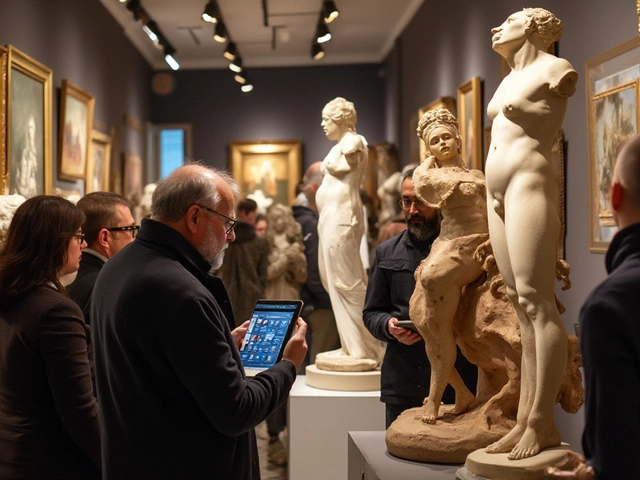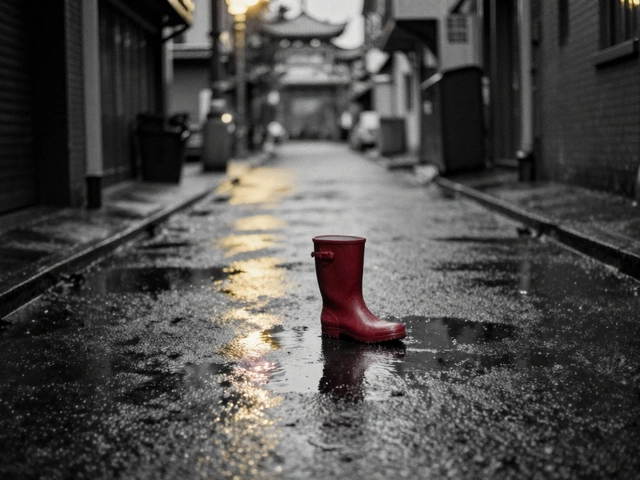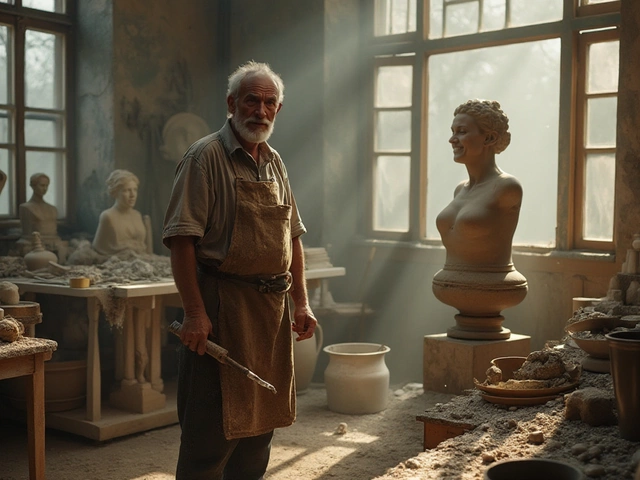Oil Painting: Guides, Tips and Inspiration for Artists in Pembrokeshire
When working with oil painting, a classic medium where pigments are mixed with drying oil to create rich, luminous works. Also known as oil medium painting, it lets artists build layers, blend colors smoothly, and achieve textures that last centuries. Oil painting is a cornerstone of visual art; it links historic masters to modern creators, and many people start their art journey with this medium.
What you’ll find in this collection
To get the most out of oil painting supplies, you need good quality brushes, proper canvases, and reliable pigments. The right tools affect drying time, color vibrancy, and how easily you can blend. Equally important are oil painting techniques, such as alla prima, glazing, and impasto, which shape the final look of the piece. Mastering these methods lets you control texture, depth, and light. For example, a thin glaze can add a subtle glow, while a thick impasto creates a tactile surface. Knowing which technique pairs with which brush or medium is a key skill that separates hobbyists from serious painters. These connections form the backbone of many articles below, showing how technique and material influence each other.
If you’re just starting, the oil painting beginner guide, covers everything from setting up a workspace to mixing your first palette is a solid launchpad. It walks you through sketching a composition, priming a canvas, and the safety steps for handling solvents. The guide also touches on how modern art trends—like abstract expressionism or realistic portraiture—can inspire your early work. By linking beginner steps to broader painting styles, you see how a simple sketch can evolve into a piece that fits into today’s art conversation. The articles in this tag tag explore related themes such as color theory, brush care, and how to market finished paintings, giving you a well‑rounded view of the oil painting world. Below you’ll find a curated list of posts that dive deeper into each of these areas, from practical how‑tos to creative ideas that keep your studio buzzing.
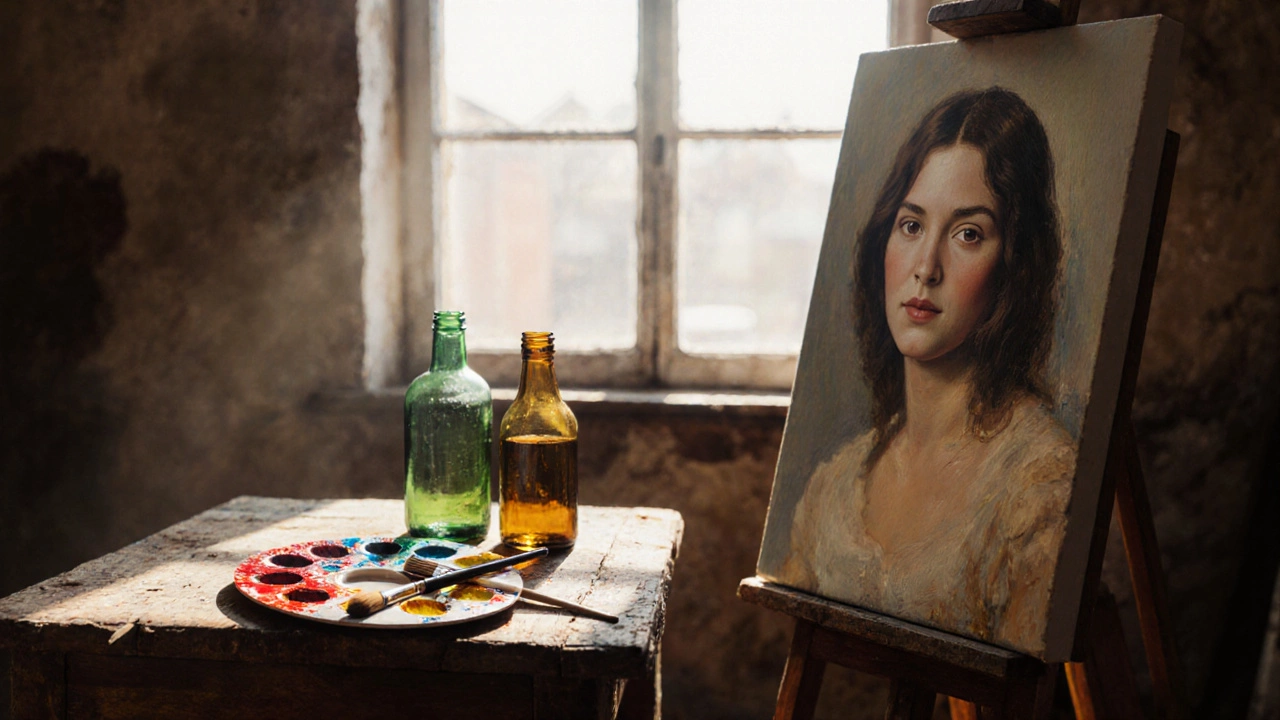
Explore whether olive oil can replace linseed oil in oil painting, covering drying times, yellowing, durability, and safe usage tips.
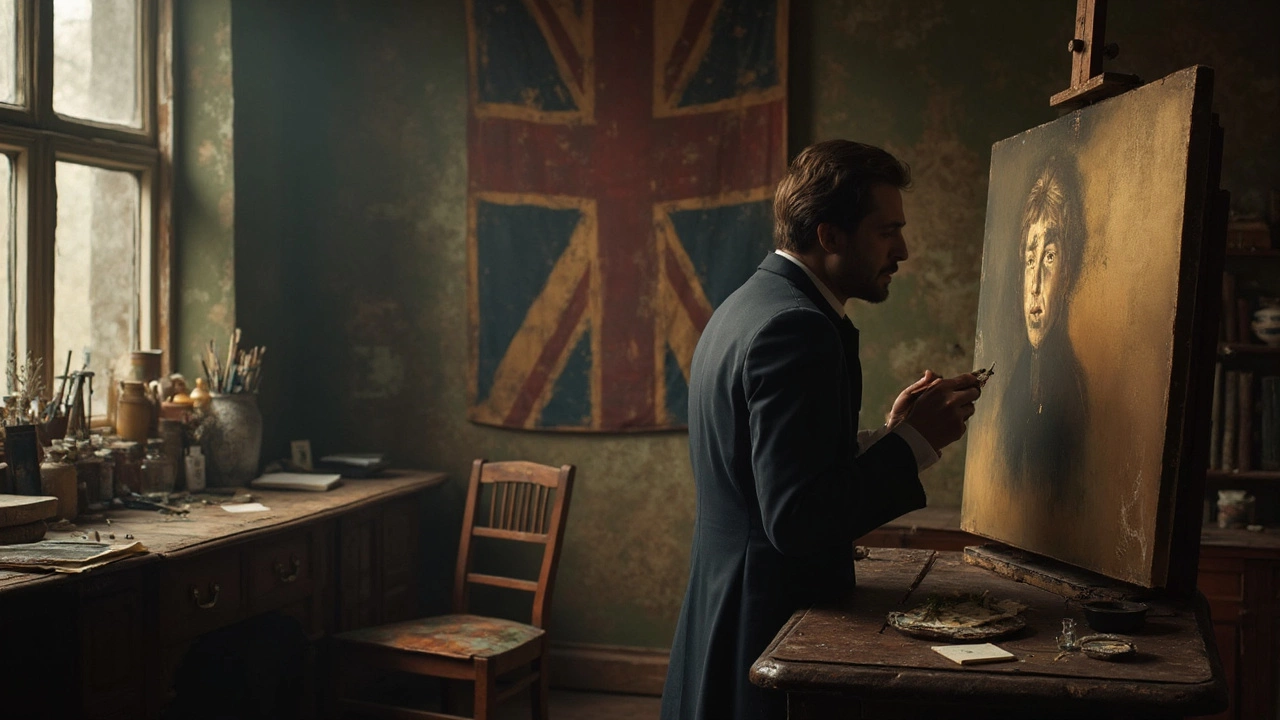
The Goya technique is a unique way of using oil paints to create dramatic effects, inspired by Spanish artist Francisco Goya. It mixes bold, dark underpaintings with sharp contrasts and glazes to bring scenes to life. This method helps painters master shadow, light, and subtle color layering. Modern artists still use the Goya approach to add depth and emotion. Learn how to start using this technique, step by step, for bolder results in your work.
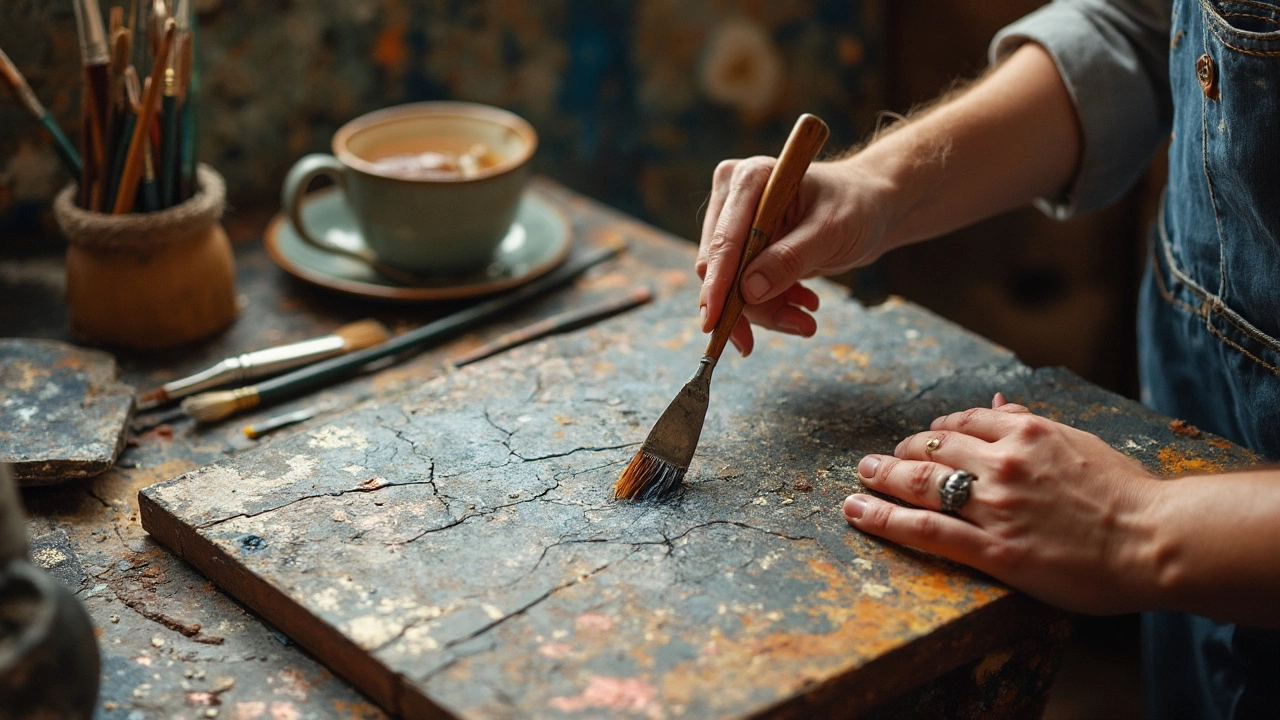
Professionals in the oil painting world use specific tools and tricks when it comes to stripping old paint. This article breaks down what those tools are, how they actually work, and why some methods are better for certain surfaces. If you've ever wondered what makes a pro's work smoother or how to avoid trashing your canvas or wooden panel, this is where you'll find honest advice. Expect tips, real-life experiences, and a few smart shortcuts that painters swear by.
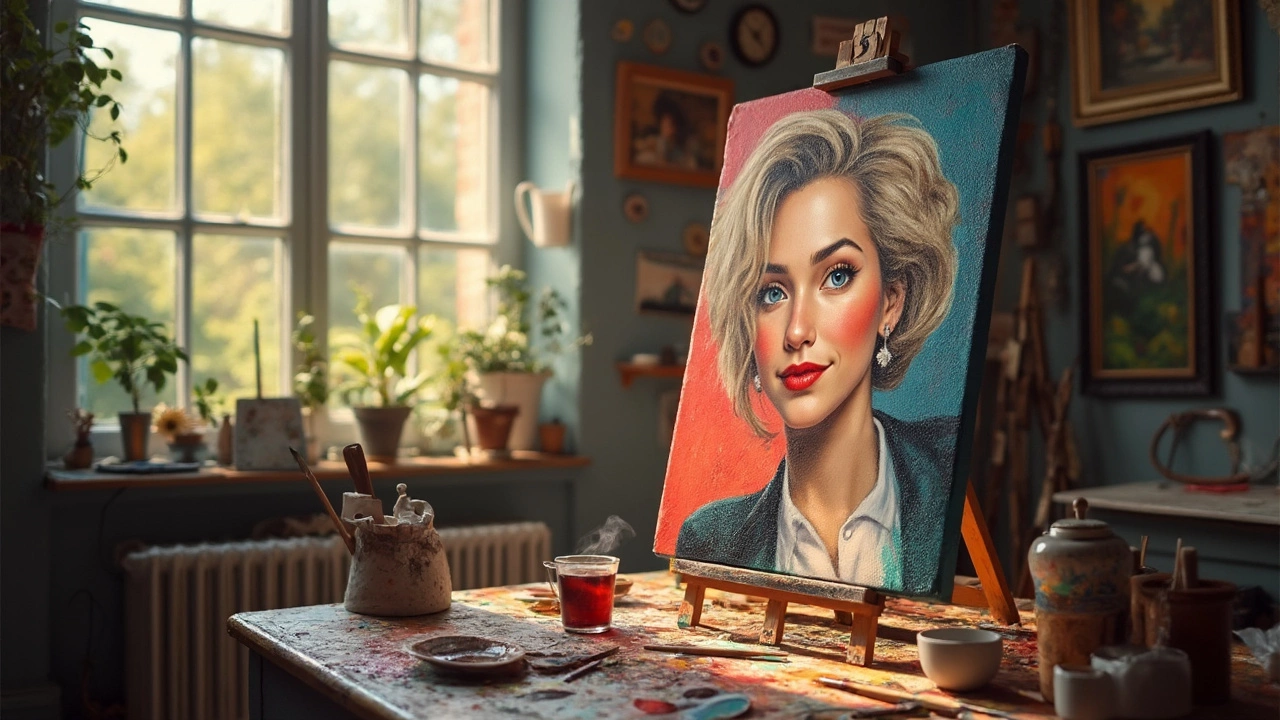
Acrylic and oil paints present different challenges and benefits when it comes to portrait painting. Acrylics are versatile and dry quickly, making them ideal for bold, fast strokes, while oils offer richness and blendability, letting artists refine details slowly. Factors like drying time, texture, and ease of use vary significantly between the two. This article explores which paint type might be easier for your next portrait project while offering tips to enhance your painting experience.
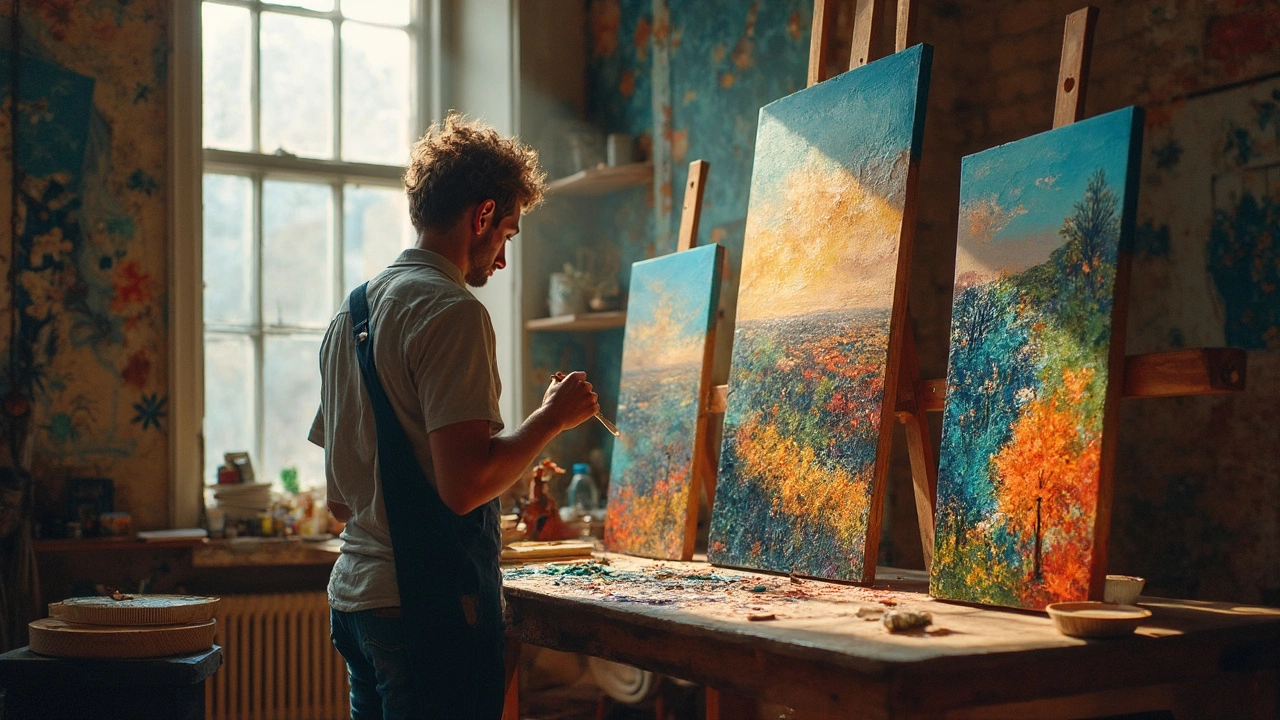
Sponging in art involves using a sponge to create texture and depth in oil paintings. This technique allows artists to add unique patterns and layers, enhancing the visual interest of their work. By experimenting with different sponge types and painting surfaces, artists can achieve varied effects. Sponging is accessible for beginners yet offers room for creative exploration for experienced painters. Adding this method to your artistic toolkit can bring a fresh dimension to your oil paintings.
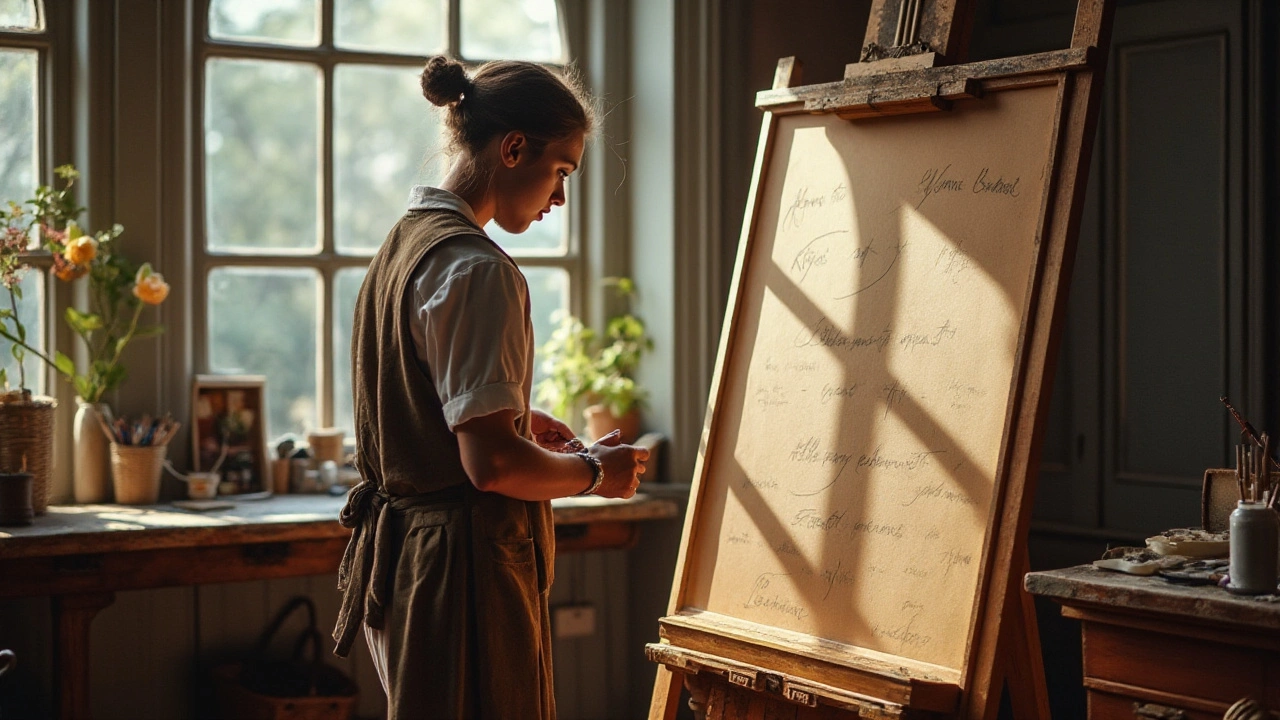
The rule of three is a key concept in art, aiding artists in creating balanced and compelling compositions. In the realm of oil painting, understanding and applying this rule can significantly elevate both the visual appeal and narrative of a piece. The rule involves dividing the canvas into three equal parts, both horizontally and vertically, guiding the placement of elements to enhance focus and interest. This method not only helps in organizing artwork logically but also facilitates the viewer's engagement with the piece. Dive deep into its origins, its practical application, and tips to effectively incorporate it into your painting process.
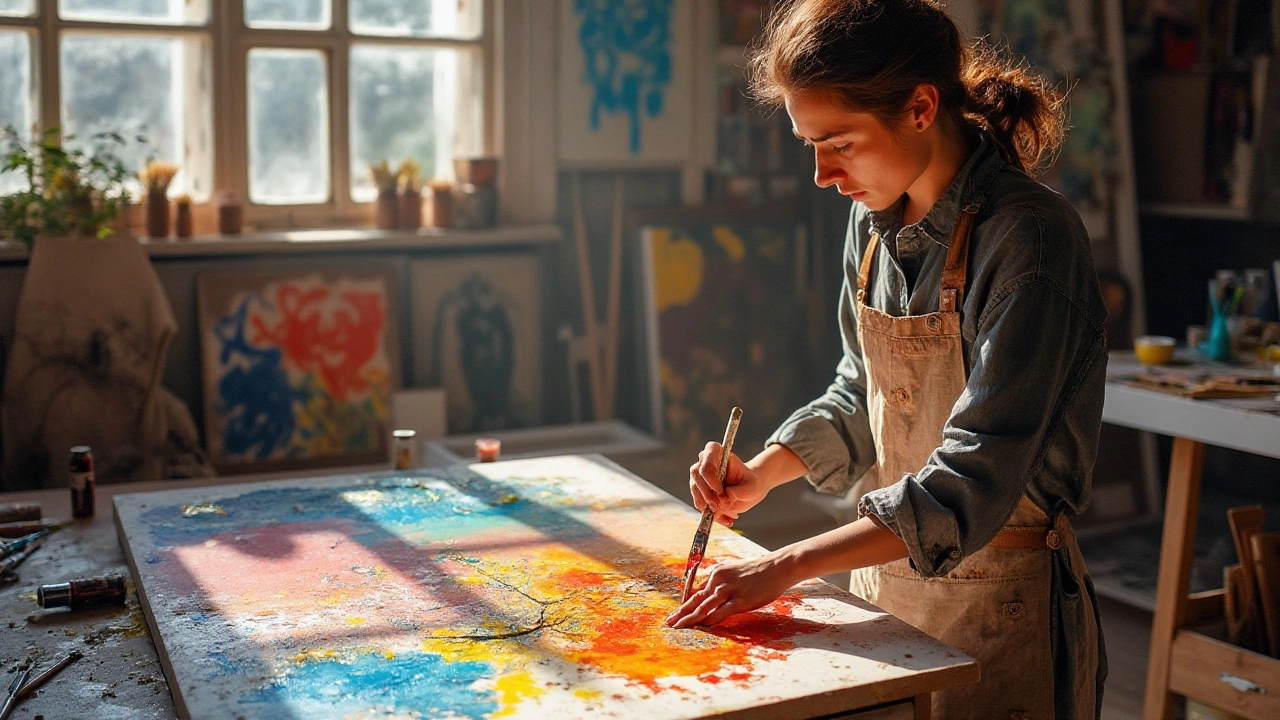
Alla prima, a beloved and spontaneous painting technique, is about immediacy and fluency in execution. This method involves applying layers of wet paint on top of each other without letting them dry, resulting in a rich and dynamic finish. This technique appeals to artists who love working with a sense of urgency and expression. Learning alla prima requires understanding how colors blend directly on the canvas and the discipline to capture the essence in a single session. Delve into the world of alla prima to uncover its secrets and tips for mastery.
